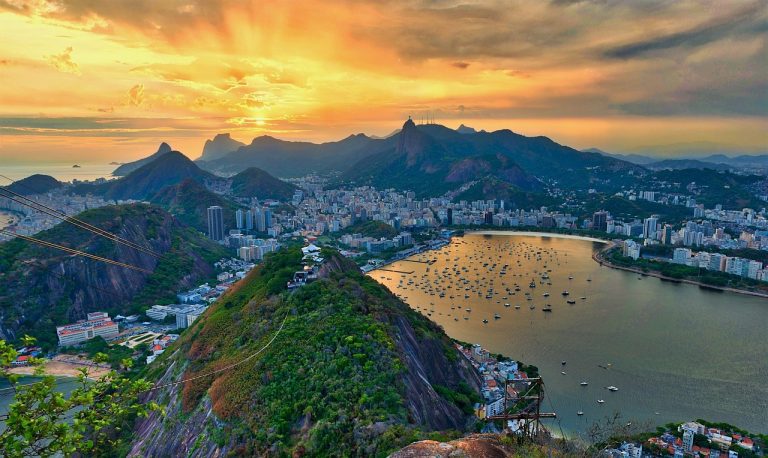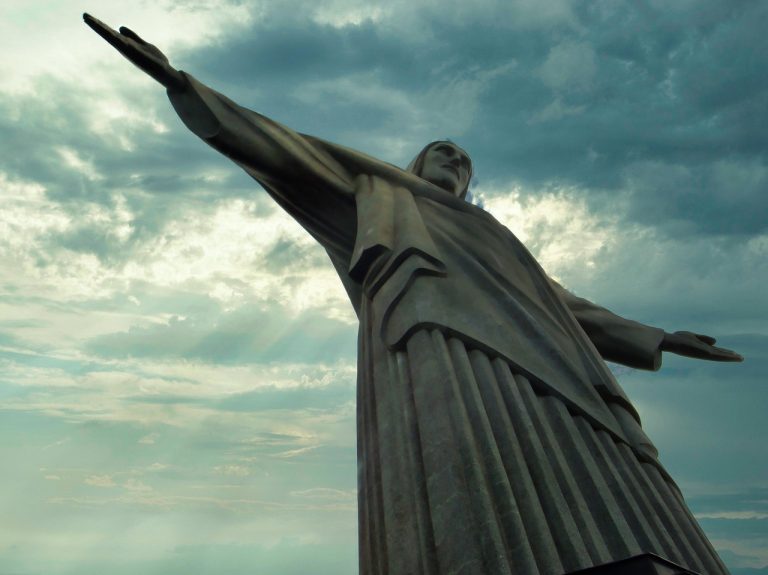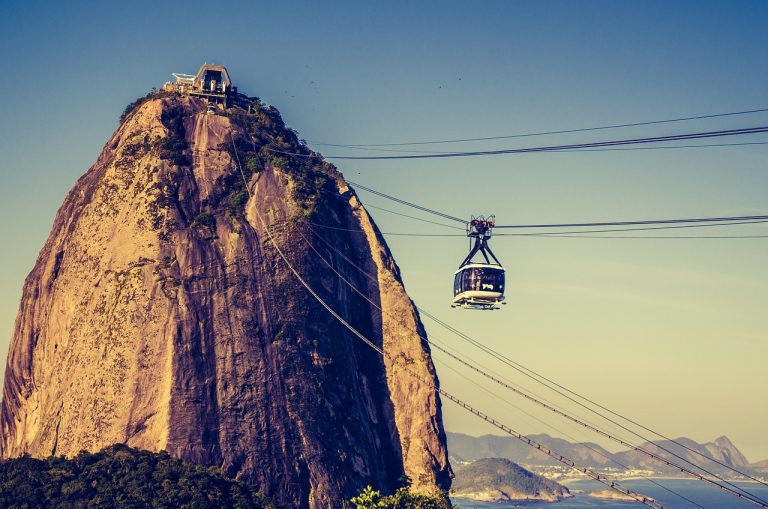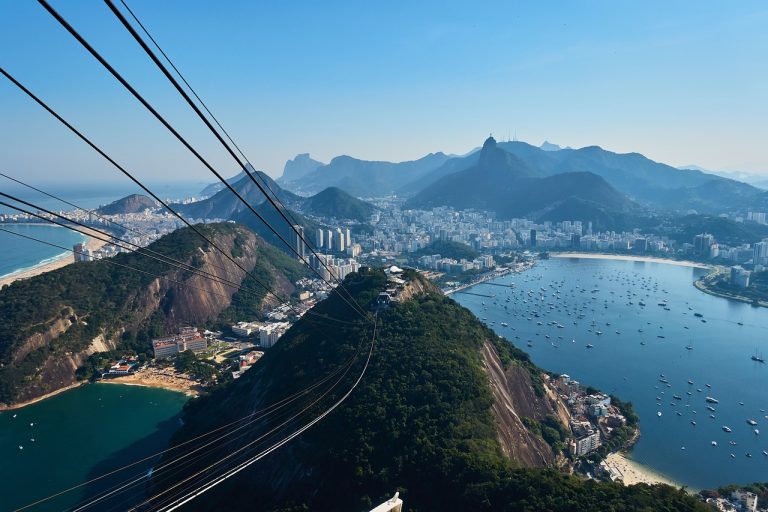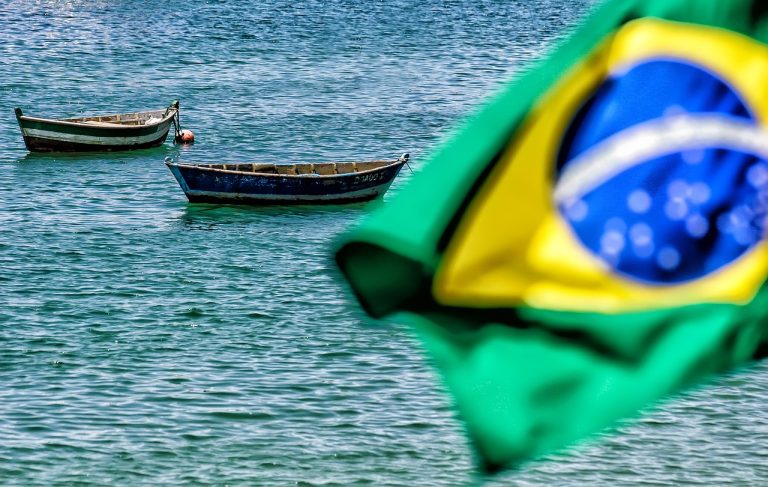Rio de Janeiro Brazil Video
Historical Landmarks of Rio de Janeiro Brazil: A Deep Dive
Rio de Janeiro, known as the “Marvelous City,” is a vibrant metropolis that boasts a rich history and a diverse cultural heritage. This article will take you on a deep dive into the historical landmarks of Rio de Janeiro, showcasing the city’s iconic sites and shedding light on their significance.
Theatro Municipal
The Theatro Municipal, located in the heart of Rio de Janeiro, is a stunning opera house that stands as a testament to the city’s cultural legacy. Built in the early 20th century, the Theatro Municipal showcases exquisite architecture inspired by the Paris Opera House. Its interior is adorned with luxurious details, including marble staircases, crystal chandeliers, and ornate frescoes. The theater hosts a variety of performances, ranging from operas and ballets to symphony concerts, attracting both locals and tourists alike.
- Keywords: Theatro Municipal, opera house, cultural legacy
- The Theatro Municipal is an architectural masterpiece that reflects the city’s cultural heritage.
- Its opulent interior features intricate details, such as marble staircases and crystal chandeliers.
- The theater hosts a wide range of performances, including operas, ballets, and symphony concerts.
- Visiting the Theatro Municipal is a must for anyone interested in Rio de Janeiro’s cultural scene.
Copacabana Beach
Copacabana Beach is one of the most famous beaches in the world, renowned for its golden sands and vibrant atmosphere. Stretching for about 4 kilometers along the Atlantic coast, it offers breathtaking views of the ocean and the surrounding mountains. The beach is a popular gathering place for locals and tourists, who come to relax, sunbathe, and enjoy beachside activities. From beach volleyball tournaments to lively beach parties, Copacabana Beach is a true symbol of Rio de Janeiro’s beach culture.
- Keywords: Copacabana Beach, golden sands, beach culture
- Copacabana Beach is an iconic destination known for its stunning coastline and vibrant atmosphere.
- The beach stretches for approximately 4 kilometers, providing ample space for relaxation and activities.
- Visitors can enjoy sunbathing, swimming, beach volleyball, and various water sports.
- The beach is surrounded by numerous restaurants, bars, and hotels, making it a lively spot day and night.
Rio de Janeiro Brazil Image 1:
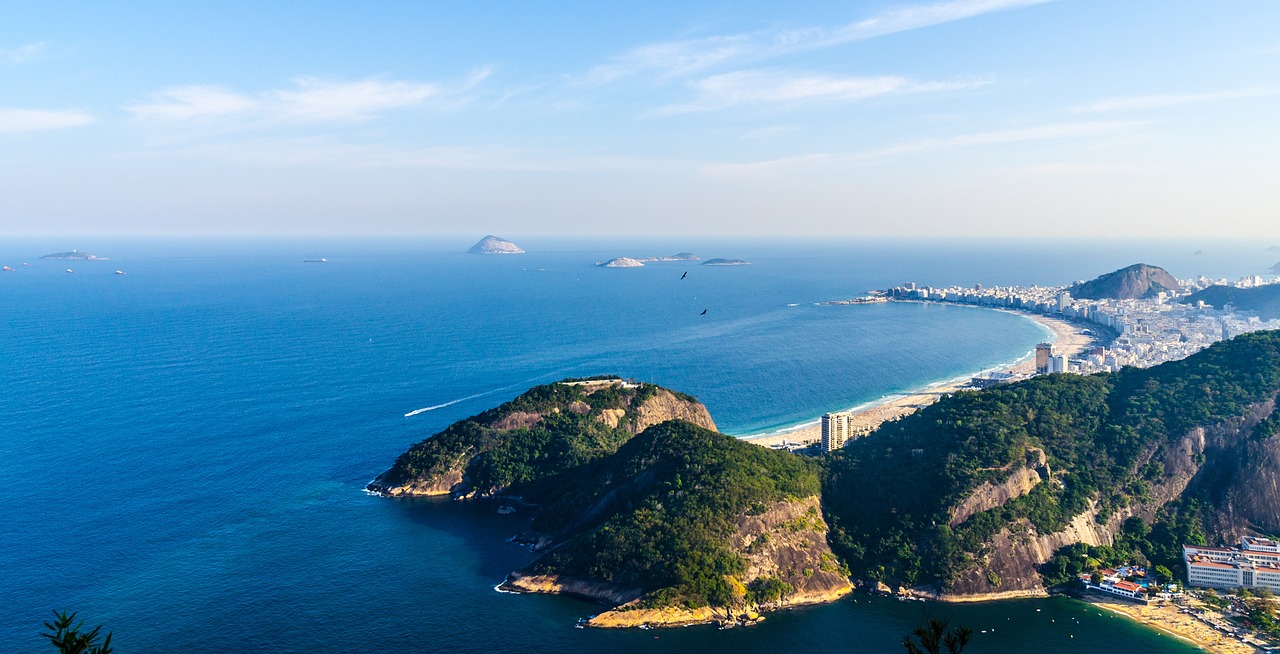
Sugarloaf Mountain
Rising 396 meters above the city, Sugarloaf Mountain offers panoramic views of Rio de Janeiro’s stunning landscape. Accessible by cable car, the mountain provides a unique vantage point to admire the city’s iconic landmarks, such as Copacabana Beach and Christ the Redeemer statue. The journey to the summit is an adventure in itself, as visitors enjoy breathtaking vistas while ascending in the cable car. At the top, one can marvel at the beauty of Rio de Janeiro from above and capture memorable photographs.
- Keywords: Sugarloaf Mountain, panoramic views, cable car
- Sugarloaf Mountain offers unparalleled views of Rio de Janeiro’s landscape from its summit.
- The cable car ride to the top is an exhilarating experience, providing stunning vistas along the way.
- From the summit, visitors can admire iconic landmarks, including Copacabana Beach and Christ the Redeemer.
- Exploring Sugarloaf Mountain is a must for nature enthusiasts and photography enthusiasts alike.
Santa Teresa Neighborhood
The Santa Teresa neighborhood is a bohemian enclave nestled on a hill overlooking Rio de Janeiro. Known for its charming streets, colorful houses, and lively artistic scene, Santa Teresa offers a glimpse into the city’s cultural diversity. Visitors can wander through its narrow cobblestone streets, lined with art galleries, boutique shops, and cozy cafes. The neighborhood is also home to the iconic Santa Teresa Tram, a historic tramway that provides a nostalgic ride through the area’s picturesque surroundings.
- Keywords: Santa Teresa Neighborhood, bohemian enclave, artistic scene
- Santa Teresa is a vibrant neighborhood known for its artistic atmosphere and picturesque streets.
- Visitors can explore its charming cobblestone streets, adorned with colorful houses and art galleries.
- The neighborhood offers a wide array of cultural experiences, including live music performances and art exhibitions.
- Riding the Santa Teresa Tram is a delightful way to immerse oneself in the neighborhood’s nostalgic charm.
Rio de Janeiro Brazil Image 2:
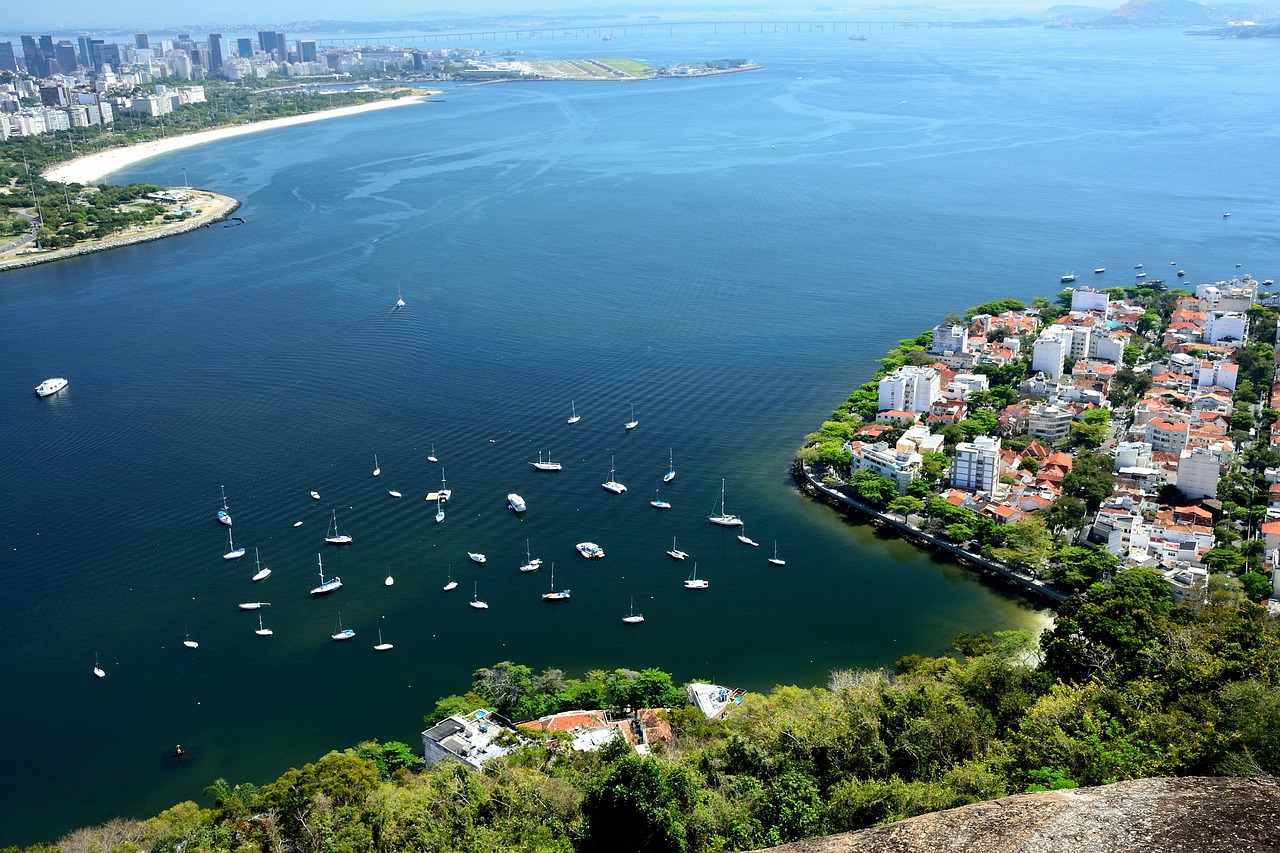
The National Museum of Brazil
The National Museum of Brazil, located in the Quinta da Boa Vista park, is a cultural institution of great historical importance. It houses a vast collection of artifacts, artworks, and specimens that showcase Brazil’s natural and cultural heritage. The museum’s exhibits cover various fields, including archaeology, paleontology, ethnology, and natural history. Unfortunately, in 2018, the museum suffered a devastating fire that destroyed a significant portion of its collection. Efforts are underway to rebuild and restore this invaluable cultural landmark.
- Keywords: National Museum of Brazil, cultural institution, historical importance
- The National Museum of Brazil is a significant cultural institution that displays Brazil’s natural and cultural heritage.
- Its extensive collection includes artifacts, artworks, and specimens from various fields of study.
- Tragically, a fire in 2018 caused significant damage to the museum and its collection.
- Rebuilding and restoration efforts are ongoing to preserve this important historical landmark.
Tijuca National Park
Tijuca National Park is a lush urban forest that covers a vast area within Rio de Janeiro. It is considered one of the largest urban forests in the world and serves as a haven for diverse wildlife and plant species. Visitors can explore the park’s numerous trails, waterfalls, and viewpoints, immersing themselves in the beauty of nature. The park also houses the iconic Christ the Redeemer statue, an internationally recognized symbol of Rio de Janeiro. Tijuca National Park offers a tranquil retreat from the bustling city, providing opportunities for hiking, picnicking, and reconnecting with nature.
- Keywords: Tijuca National Park, urban forest, Christ the Redeemer
- Tijuca National Park is a sprawling urban forest with abundant wildlife and plant species.
- Exploring the park’s trails and waterfalls allows visitors to connect with nature and enjoy breathtaking views.
- The park is home to the iconic Christ the Redeemer statue, which overlooks the city from its mountaintop perch.
- Visiting Tijuca National Park offers a peaceful escape and a chance to appreciate Rio de Janeiro’s natural beauty.
Rio de Janeiro Brazil Image 3:

The Royal Portuguese Cabinet of Reading
The Royal Portuguese Cabinet of Reading is a magnificent library that houses an extensive collection of Portuguese literature. Its stunning neoclassical architecture and ornate interior make it a must-visit for book lovers and history enthusiasts. The library’s shelves are filled with rare books and manuscripts, some dating back to the 16th century. The Royal Portuguese Cabinet of Reading also hosts cultural events and exhibitions, promoting Portuguese language and literature within Rio de Janeiro.
- Keywords: Royal Portuguese Cabinet of Reading, neoclassical architecture, rare books
- The Royal Portuguese Cabinet of Reading is a remarkable library dedicated to Portuguese literature.
- Its neoclassical architecture and interior design create a captivating atmosphere for visitors.
- The library’s extensive collection includes rare books and manuscripts of historical significance.
- Various cultural events and exhibitions held at the library celebrate Portuguese language and literature.
Maracanã Stadium
Maracanã Stadium, officially named Estádio Jornalista Mário Filho, is one of the most iconic football stadiums in the world. It has hosted numerous historic matches and witnessed some of the sport’s most memorable moments. With a capacity of over 78,000 spectators, Maracanã has become a symbol of Brazil’s passion for football. The stadium has undergone renovations to meet modern standards while preserving its historical significance. Visitors can take guided tours to explore the stadium’s facilities, including the locker rooms and the pitch.
- Keywords: Maracanã Stadium, football, historical significance
- Maracanã Stadium is a legendary football venue that has hosted historic matches and iconic moments.
- Its immense capacity reflects Brazil’s deep-rooted passion for the sport.
- The stadium has been renovated to provide modern amenities while preserving its historical legacy.
- Guided tours offer visitors a chance to step onto the pitch and experience the stadium’s atmosphere.
Casa do Pontal Museum
The Casa do Pontal Museum is a unique institution dedicated to Brazilian folk art. Located in the Recreio dos Bandeirantes neighborhood, the museum showcases an extensive collection of sculptures, ceramics, and other handmade artworks created by Brazilian artisans. The exhibits offer insights into the country’s diverse cultural traditions and regional customs. Visitors can admire the craftsmanship and creativity of local artists, gaining a deeper understanding of Brazil’s rich cultural heritage.
- Keywords: Casa do Pontal Museum, Brazilian folk art, cultural heritage
- The Casa do Pontal Museum displays a remarkable collection of Brazilian folk art.
- Visitors can explore sculptures, ceramics, and other handmade artworks created by local artisans.
- The exhibits provide a glimpse into Brazil’s cultural diversity and regional traditions.
- The museum offers a valuable opportunity to appreciate the creativity and craftsmanship of Brazilian artists.
Conclusion
Rio de Janeiro’s historical landmarks are a testament to the city’s rich past and vibrant present. From iconic theaters and beaches to cultural institutions and natural wonders, Rio de Janeiro offers a diverse range of experiences for visitors to explore. Whether it’s immersing oneself in the cultural scene at the Theatro Municipal, enjoying the sun and sand at Copacabana Beach, or marveling at the panoramic views from Sugarloaf Mountain, Rio de Janeiro never fails to captivate. These historical landmarks, along with others like the National Museum of Brazil, Tijuca National Park, and the Royal Portuguese Cabinet of Reading, contribute to the city’s unique charm and make it a must-visit destination for travelers seeking both history and natural beauty.
References
- theatromunicipal.rj.gov.br
- visit.rio
- riodejaneiro.com
- museunacional.ufrj.br
- parquedatijuca.com.br
- cmrp.pt
- maracana.com
- casadopontal.com.br


